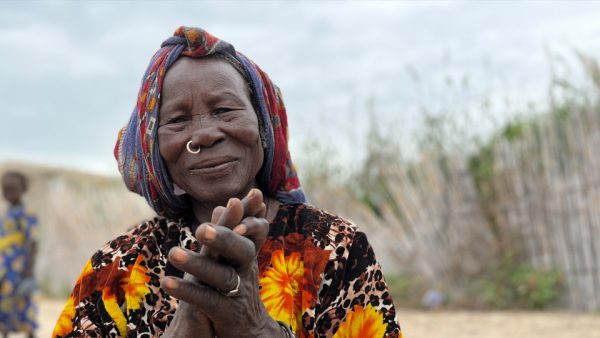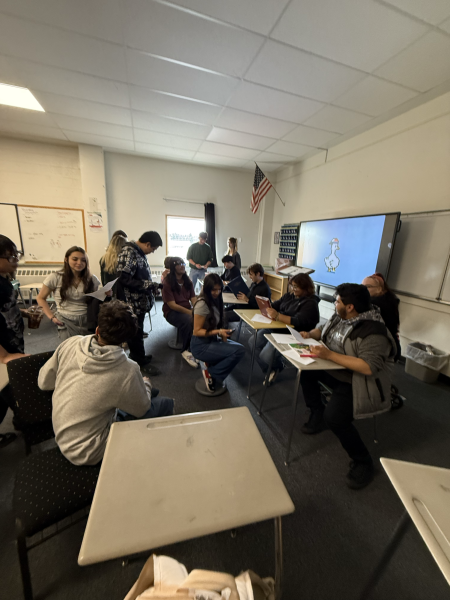Diabetes Awareness Month
November is Diabetes Awareness Month, a month where attention is brought to a very common, yet very overlooked disease — diabetes. Diabetes is a general term and encompasses a variety of diseases, such as Gestational Diabetes, Type 1, Type 2, and Prediabetes/Insulin Resistance.
Many people are aware of Gestational Diabetes (which occurs during pregnancy), Prediabetes, and/or Type 2 Diabetes, although Type 2 is what 90-95% of all diabetics have. On average, 1 in 10 people have or will develop diabetes at some point in their life.
Type 2 Diabetes (T2D) is a metabolic disorder that starts with insulin resistance, where the hormone (insulin) isn’t taken in by the cells effectively, raising the amount of insulin needed to digest sugars properly. Many people with T2D have a genetic component, meaning that they inherit a pancreas that wears out quickly. Others with the disease have a worn-out pancreas resulting from lifestyle choices, like poor nutrition over a period of time and not enough proper exercise. So, essentially, Type 2 Diabetes is not caused by eating too much sugar in one episode, like many memes would have you believe. At the beginning of the disease though, a low carb diet and exercise can postpone or even halt the progression of T2D. However, some T2Ds will eventually require synthesized insulin to live.
Type 1 Diabetes (T1D) is an autoimmune disease that occurs when the body’s own immune system starts attacking and wiping out the beta cells in the pancreas. These beta cells produce a very important hormone known as insulin. Imagine every cell in your body is a tiny little house, complete with a door. Glucose enters the “house” to become the energy that the cell needs in order to function. But before the glucose can go through the door, the door needs to be unlocked. Insulin is the key that unlocks this door. So, when the insulin is taken away, the glucose needed for the cell can’t get in. This is where synthetic insulin comes in, because currently, there is no cure for Type 1 Diabetes. To stay alive, insulin must be injected multiple times per day, based on needs throughout the day.
Type 1 Diabetes is one of the most common chronic childhood illnesses, second to asthma. A few symptoms include irritability, unintentional weight loss, intense thirst, excessive urination, extreme hunger, fatigue, and blurry vision. Often appearing in early childhood to young adulthood.
The history of diabetes dates all the way back to about 1552 B.C. when an Egyptian physician by the name Hesy-Ra noticed frequent urination as a part of a disease also leading to emaciation or the withering away of a person. This emaciation was also seen in France, though centuries later. During the French-Prussian War of the early 1870s, a French physician by the name of Apollinaire noticed that diabetics handled a war ration diet quite well, leading to the adoption of many a starvation diet, essentially. He also advised exercise, which was actually noted to reduce the risk of death in his patients.
However, despite these advances, at the time, a diabetic was expected to live about a year when diagnosed. Two researchers, Oskar Minkowski and Joseph von Mering, at the University of Strasbourg in France, found, in 1889, that the removal of a dog’s pancreas would cause diabetes and later, death. Then, in the early 1900s, a German scientist, Georg Zuelzer, also discovered that injecting a pancreatic extract into patients with diabetes could help control their disease better than many aforementioned treatments.
Sir Frederick G. Banting, a medical scientist, and physician, along with physiologist J.J.R. Macleod and medical scientist Charles H. Best, co-discovered the first synthetic insulin at the University of Toronto in 1921, and it was subsequently purified by James B. Collip. The first treatments with this medicine in 1922 showed a drastic change in the patient’s health, and on January 23rd of 1923, Banting and Macleod were jointly awarded a Nobel prize for their discovery, while Best and Collip received half of the Prize money respectively. A year later, they sold their patents to the University of Toronto for one dollar each. (Further information about this topic can be found at bantinghousenhs.ca.)
In 1991, the growing concern by the International Diabetes Federation, in regards to economic and health-related issues caused by Type 1 Diabetes, was supported and recognized by the World Health Organization (WHO). This avocation led to the establishment of the internationally accepted day, World Diabetes Day, which started in 2006. World Diabetes Day is celebrated on Banting’s birthday, November 14th, and throughout the whole month of November, awareness is brought to diabetes itself and different aspects of the disease. Blue is the official color that represents diabetes awareness and is used by many to support awareness, taking shape in ways such as shirts or hair dying. Other ways to celebrate Diabetes Awareness Month are learning more about diabetes, educating others verbally or through social media, making the lifestyle changes to prevent it or manage it, joining or starting awareness groups, and advocating or supporting those or others with it by starting fundraisers (we appreciate the help, the insulin and/or supplies to help manage it can be extremely pricy!).
More can be learned about diabetes at https://idf.org.

Danielle Andrew, is a senior, and at 17 years old she still says she isn't ready to graduate. She loves to play with her chickens, listen to music, draw,...







